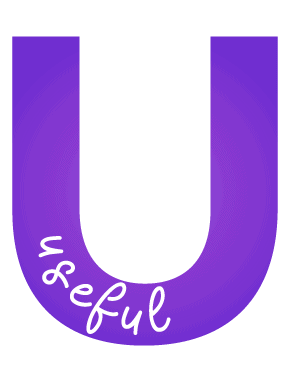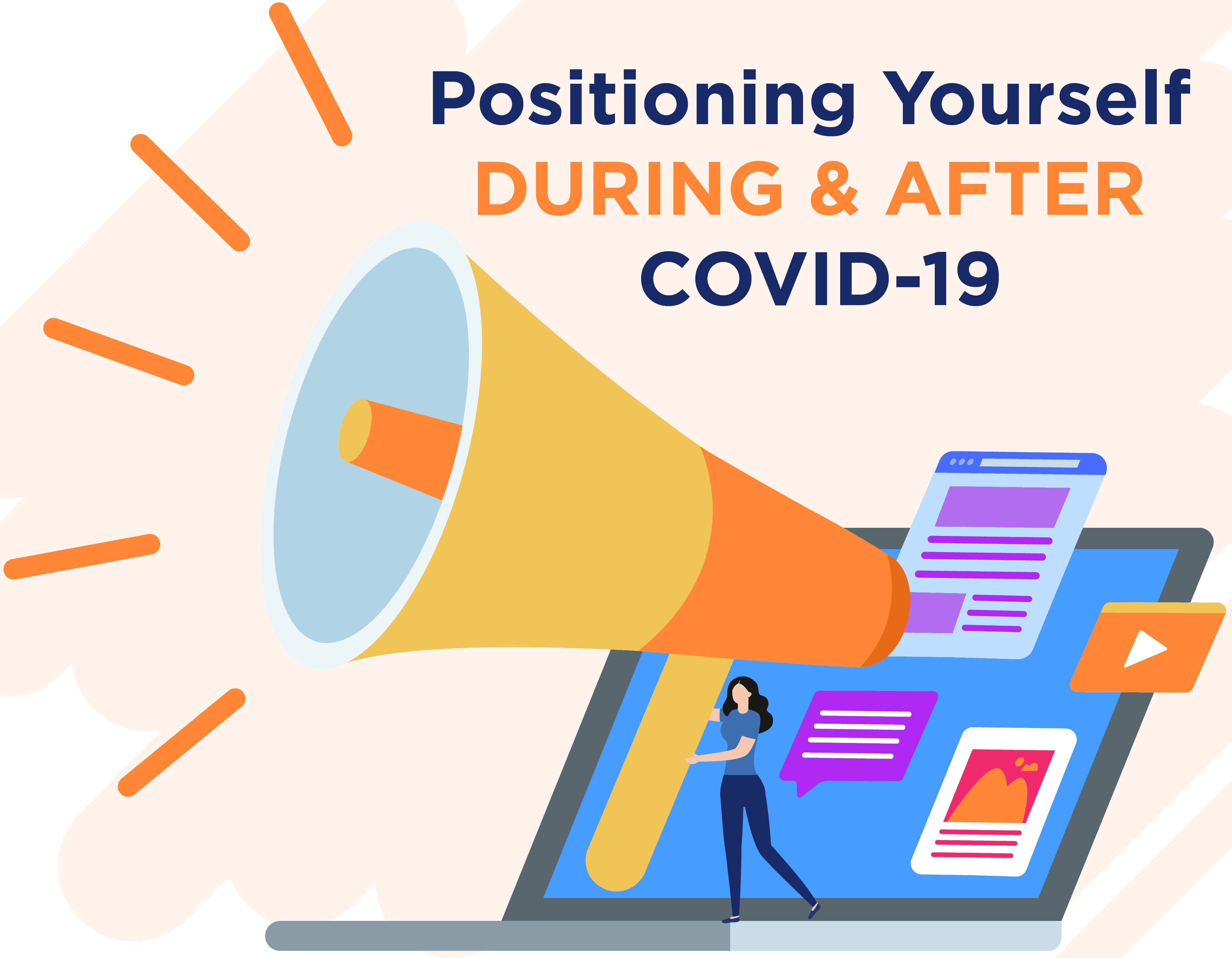Principles of Creating Great Content: The COUCH Method.
Our clients ask us all the time: “We really need a stunning piece that will resonate with our audiences and drive action. What’s the best process for creating great content?”
And we usually say, “Well, let us work with you on that. What would you like to accomplish? What’s the desired action?” Then we go on to discuss the particulars of their project. We’d never actually divulge our process for creating great content. We’ve always kept it our little secret. Until now.
Take a Seat on Our Content COUCH. Can we get you a cup of coffee or tea?

We’d like to introduce you to our COUCH method. This is how we judge our own content. COUCH stands for Compelling, Original, Useful, Creative and Human. It’s the lens through which we make sure that we create the best content we can for any audience imaginable. And the most useful thing about the COUCH method is that it applies equally well to any sort of content—blog posts, videos, advertising, PR you name it! It’s the “one content tip to rule them all.”
Let’s get into it.
The first C in COUCH stands for Compelling.

For any piece of content to be effective, it has to communicate a compelling message. Take a deep dive into your organization’s current marketing vehicles. Sometimes we start with conducting a communications audit to learn how your organization’s messages are currently being delivered, if they are aligned with your mission, and if they advance your brand. Are the messages consistent and compelling?
And how do you know what your audience finds compelling? You have to talk to them and find out! Conduct surveys and host focus groups and listening sessions to identify their demographic and psychographic profiles. Uncover their burning questions and answer their trickiest problems. Learn which content formats, messages and channels resonate with your audience so that you can build from that foundation.
And once you have your message platform, you’ll need to wrap it up with clear calls-to-action. All of your content should communicate the next steps you want people to take.
- For a demand generation campaign, you may want people to purchase your products and services or reach out to your sales team.
- For an educational campaign, you may want them to remember your key messaging points: education topics, speakers, location, cost, etc.
- Or for a brand awareness campaign, you may simply want them to remember who you are and keep an eye out for your brand. The key is to make sure you plan a compelling content message to guide the rest of the content creation process.
O Is for Original.

Your organization has original and unique perspectives, beliefs and values, and your content needs to reflect that. If not, you’re stuck in the generic aisle and that’s no good for your perceived value. Is your brand positioning buttoned-up and professional, lighthearted and fun, or something in between? Do you champion beliefs like women’s rights, quality education for all or treating animals humanely? Or do you support causes such as conservation, healthy children and families or ending hunger? When you create content that represents the ideals you stand for, it will be obviously recognizable as yours and yours alone. By answering the question, how do you want to change the world for the better, you can drive originality which over time, turns into authenticity—the bedrock of building trust.
This is why it is important to have a well-defined brand strategy that clearly describes your brand messaging, brand positioning and brand promise. Reflect on the brand essence outlined in your brand strategy and make sure your most important qualities are communicated through all of your content.
So, when you look at your content, is it immediately identifiable as yours? Does it look like only you could have created this content? If not, you need to go back to the drawing board and build a distinctive, original and ownable message.
U is for Useful.

Any content that you produce should be useful to your audience. But the way you define “useful” changes depending on who your customer is and where they are in the customer lifecycle. This is why knowing your audiences is so important. You probably have multiple audience segment. Know them all.
The content you produce for each phase has a different purpose. For sales and marketing material, your content needs to attract prospects and push them through the sales funnel toward a purchase. So your content should help people understand the problem they need to solve, what their options are for solving that problem and why your organization is the best one (and maybe the only one) to solve it.
And once you’ve closed the sale, you need to continue to create useful content to support your customer service initiatives. Here, the goal is to answer customers questions about using your products and services. Also look for opportunities to create content outside of customer support. You can create content that delights your audience by offering them helpful hints, providing new perspectives or just making them smile at the end of a hard day. Examine all of the content you produce and determine whether it’s truly useful. The more useful the content, the more useful you are to customers and the more they’ll naturally promote you.
C Is for Creative.

With all of the brands in the marketplace competing for your audience’s attention, your content needs to cut through the noise. Before you can drive your audience to act, you need to capture their attention by standing out. Generic content that’s indistinguishable from your competition will never get you the notice you deserve or deliver the results you need.
This is where having a well-defined brand identity and a clear set of brand guidelines is key. All of your creative assets—from your logo design and taglines to the images and graphics you use in your emails and social media posts —need to make people take notice. Are the visuals compelling? Is the typography and font spot on? Having a firm generate multiple creative solutions to showcase your brand can help you rise above your competitive landscape.
Take a hard look at your content and consider whether you’d give it a second glance if it weren’t yours. Make sure that all of the elements of your content are designed to engage and captivate your audience. Empathize then fascinate them.
H Is for Human.

Above all, your content must be human. People connect with people, so whatever you create, write, design or film needs to resonate with people on an emotional level. This is really the core concept and most overlooked by organizations. Ask yourself, what kind of emotions do you want to elicit from your communications? Keeping desired emotions as your north star, can help guide content development and ensure you’re making lasting connections. Creating and publishing human content gives you a unique opportunity to tell your story and build relationships with your audience.
But in order to truly be human, your content needs to feel real. So, is the content that you create relatable? Does it touch people and connect with them through our shared humanity? Does it communicate essentially human and timeless values? This is perhaps the most difficult aspect to get right, but it’s also the most important. Content that lacks this human element will come off as insincere and ultimately turn off your audience.
Creating Great Content Isn’t Easy.
The key to creating great content is simple—but actually creating great content is hard. It’s a little like saying “If you want to climb a mountain, all you have to do is put one foot in front of the other until you get to the top.” But anyone who has ever climbed a mountain will tell you that this is a vast oversimplification. There is so much more involved—and you’ll dramatically improve your odds of success when you have the right climbing gear, good set of maps and a guide who knows the way.
The same thing goes with content creation. Anyone can create content, but developing effective content that’s truly memorable and motivates people to act is both a skill and an art. And for that, you need the right tools, the right strategy, and the right agency partner. If you need help creating COUCH content, let’s get that cup of coffee or tea and keep the conversation going!




